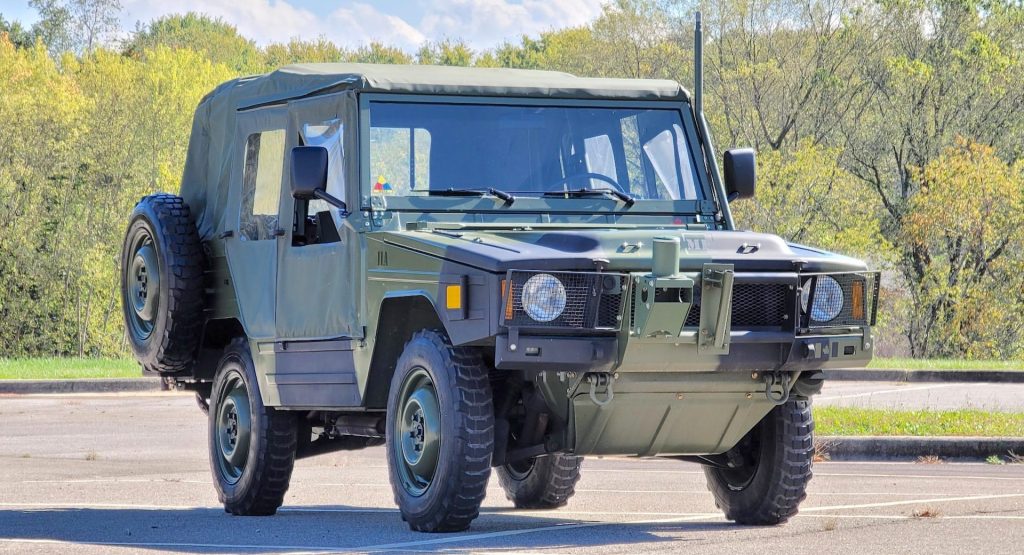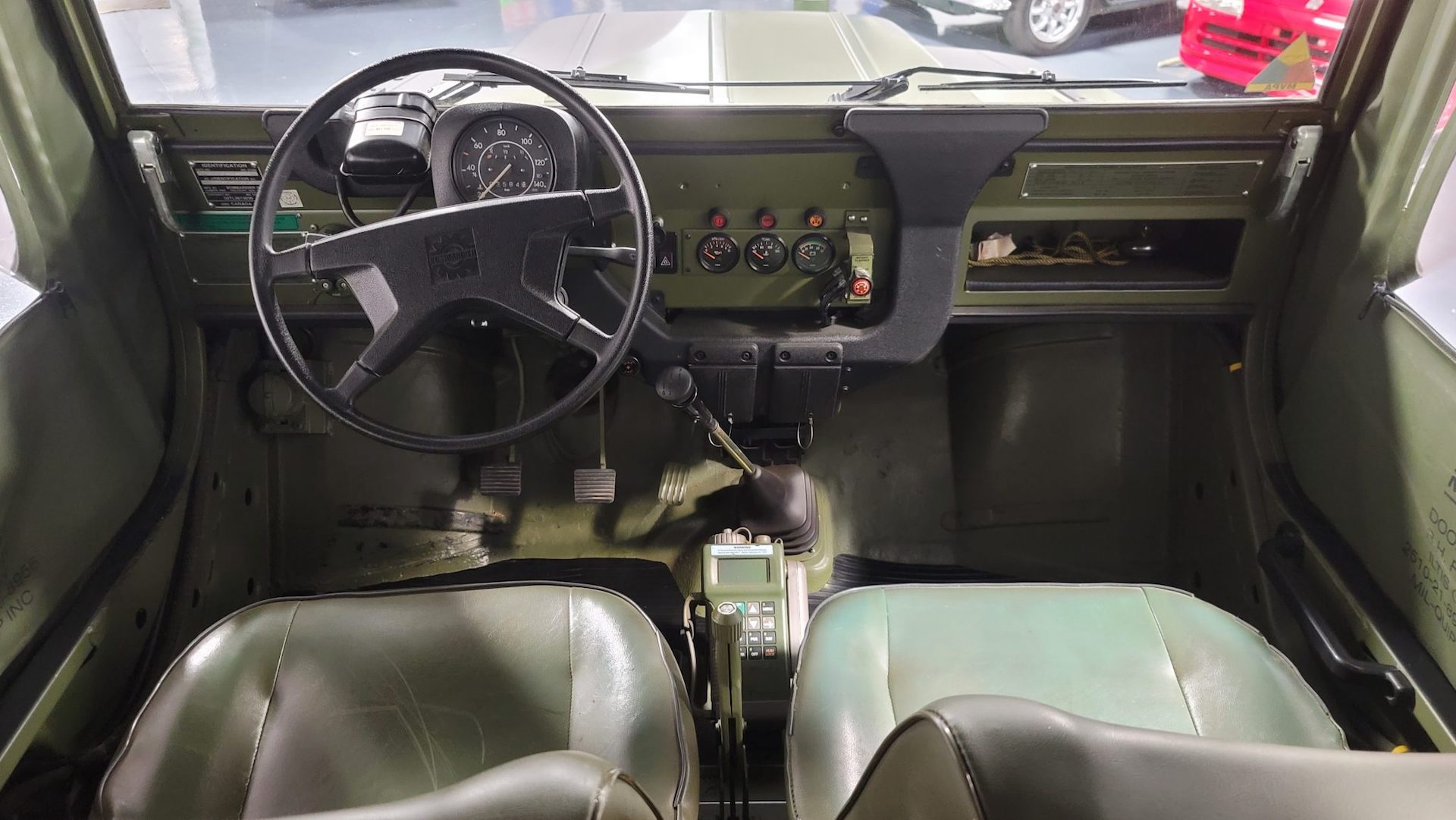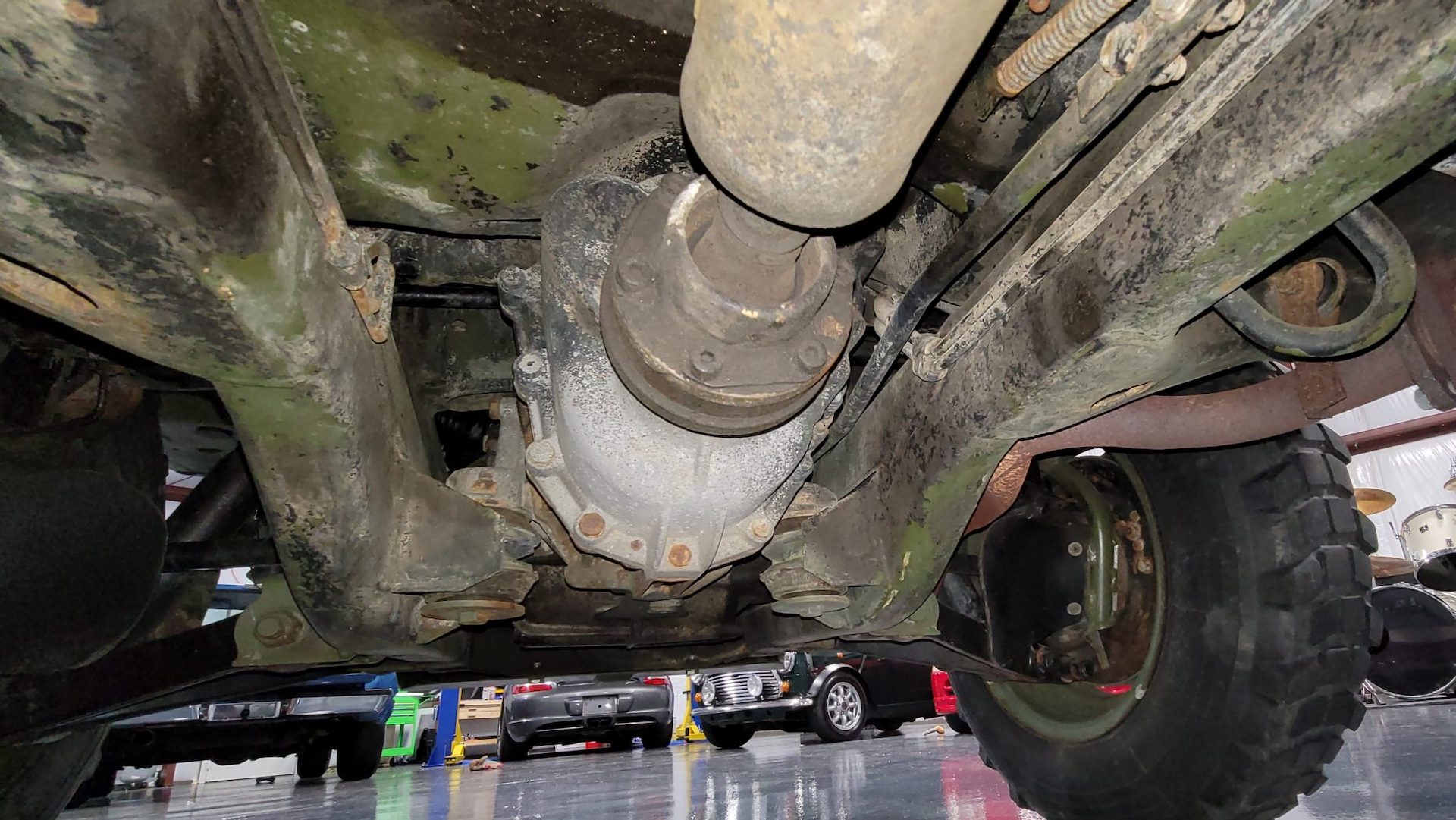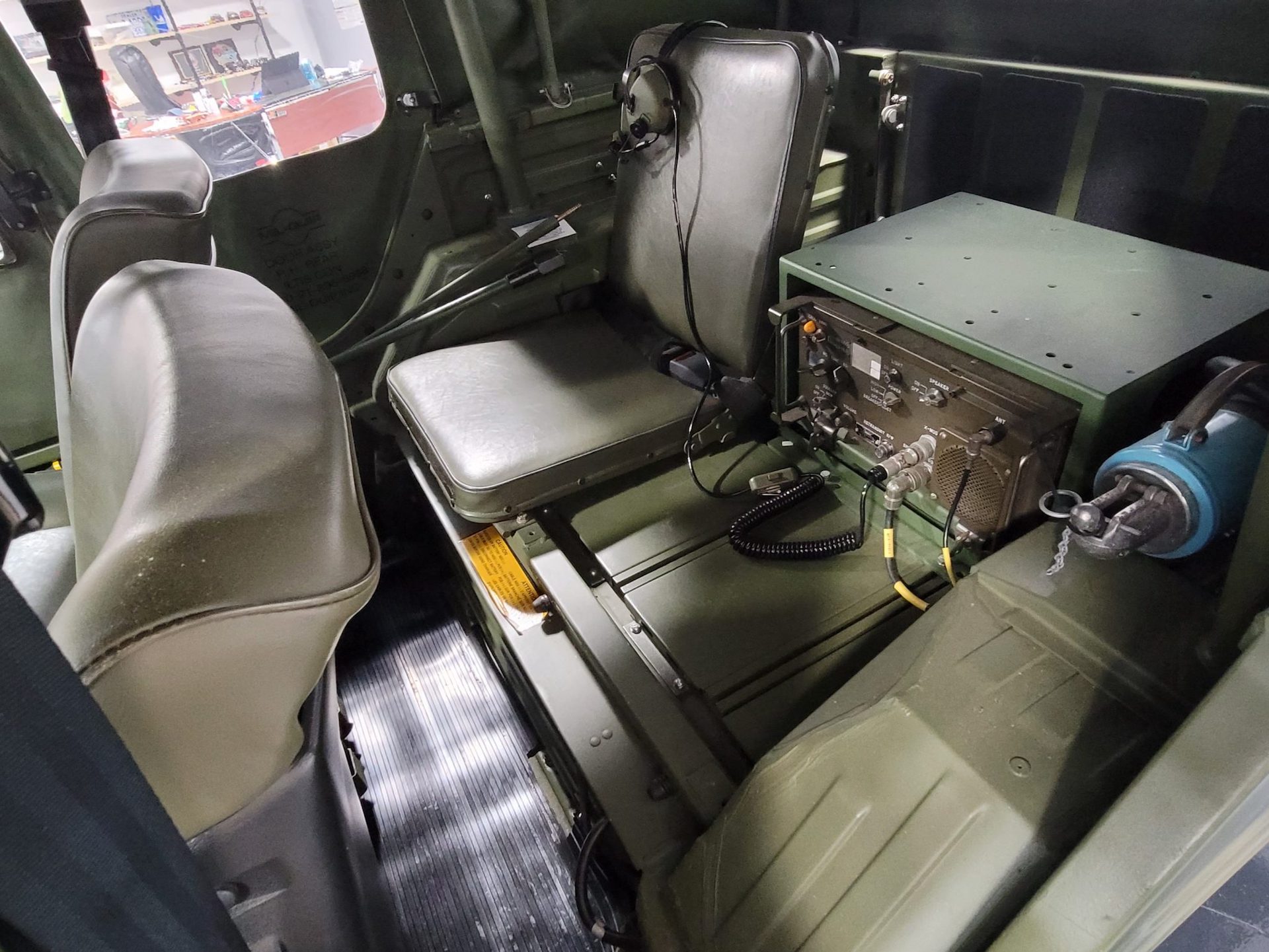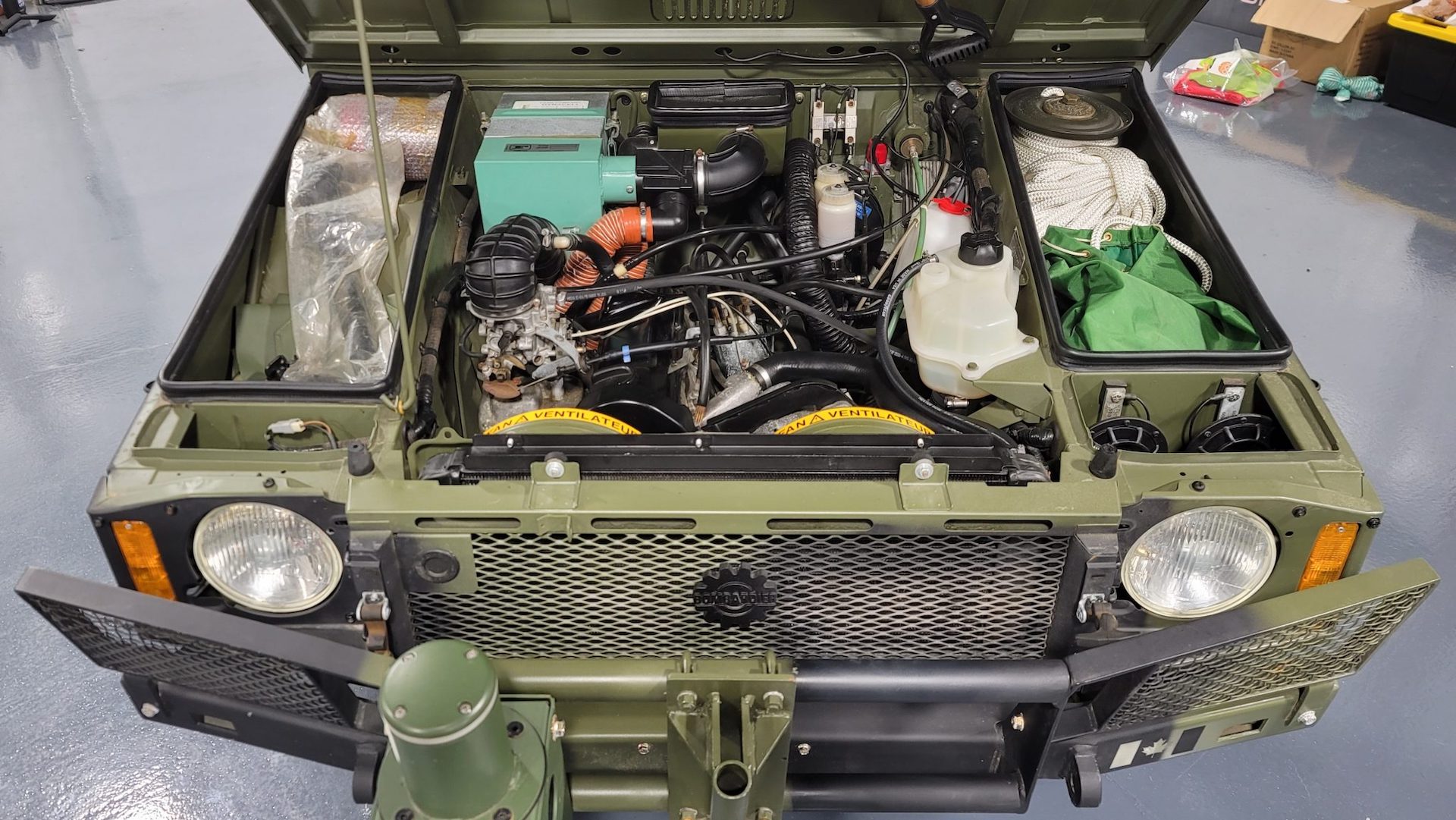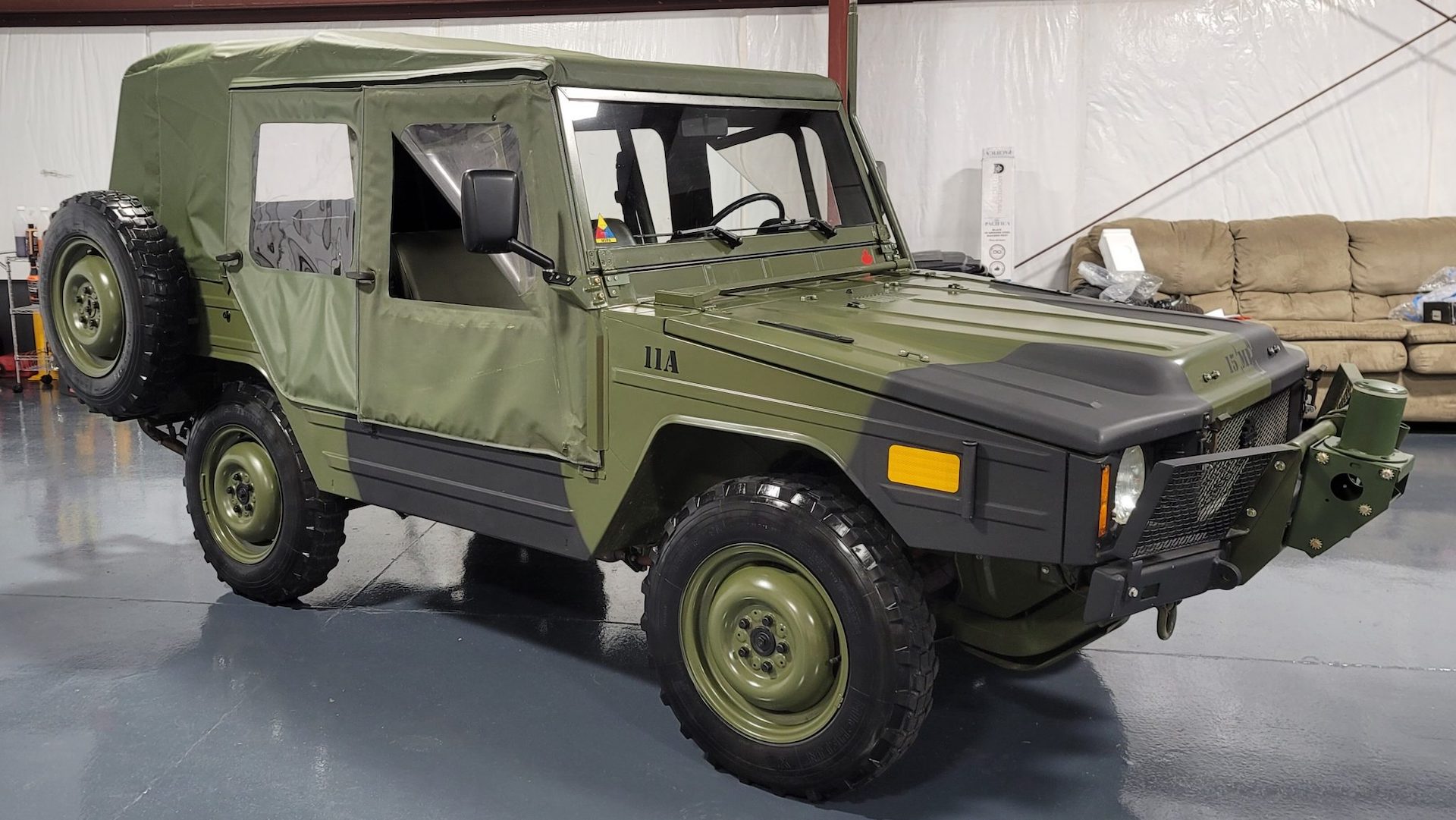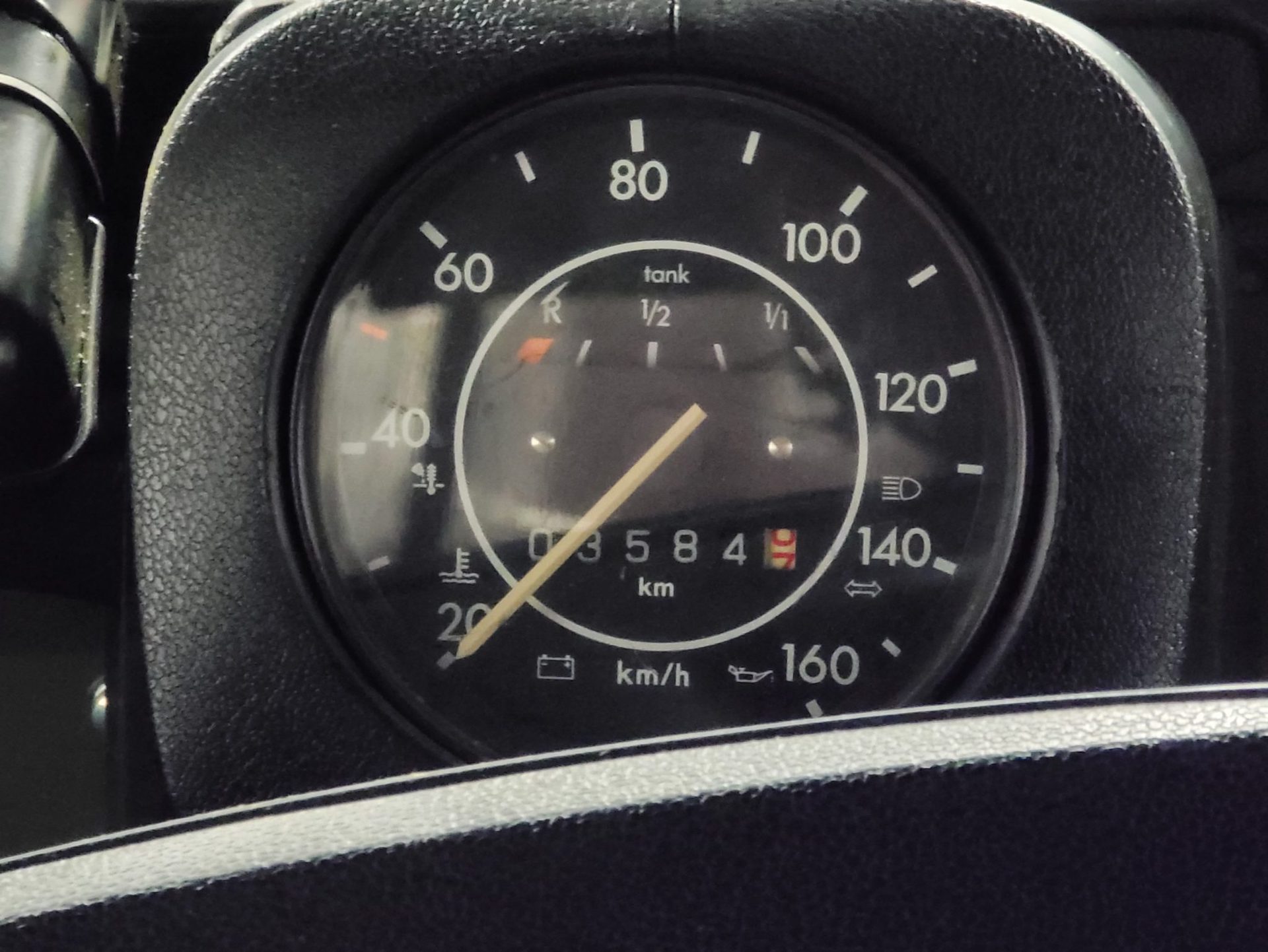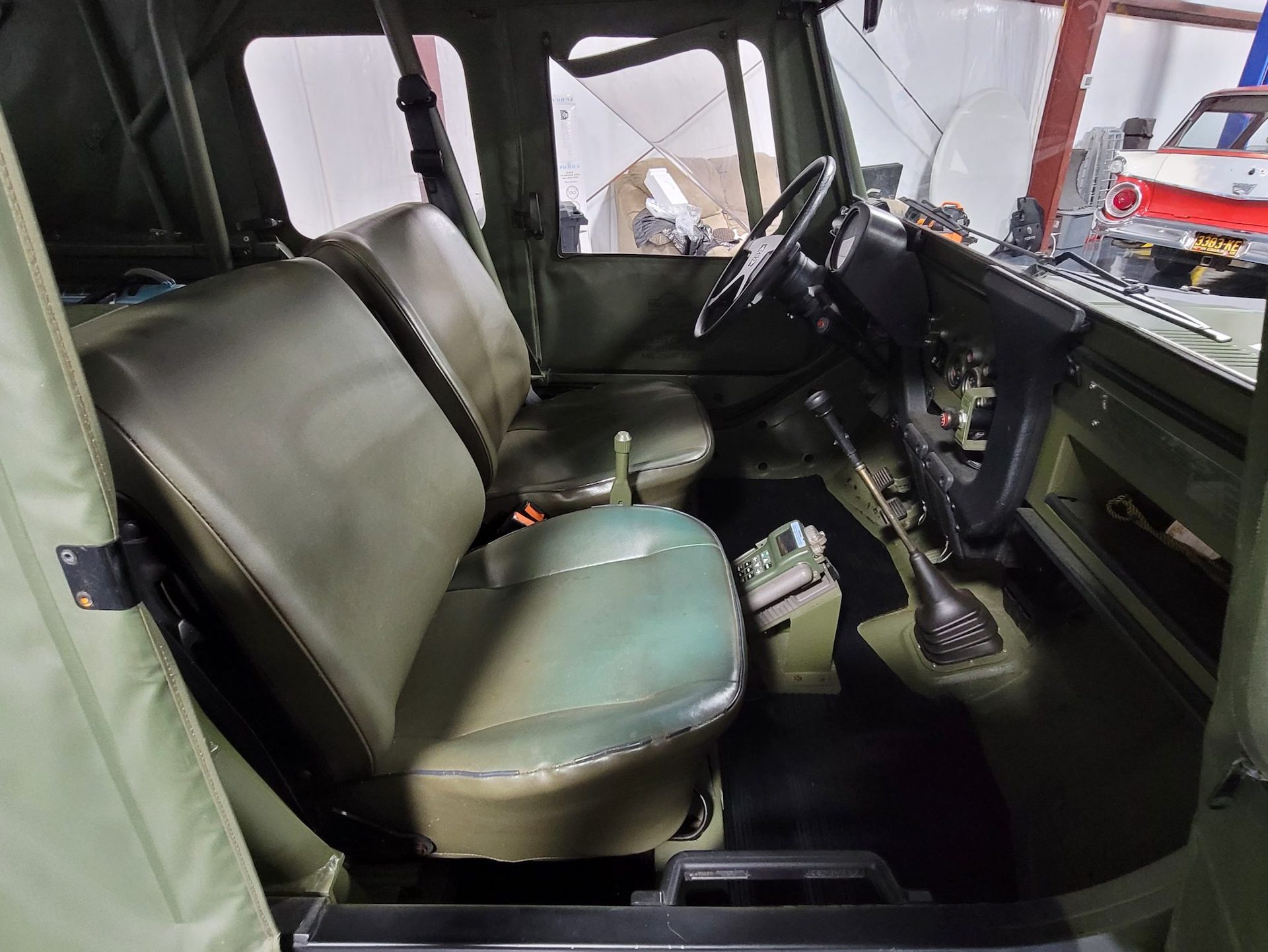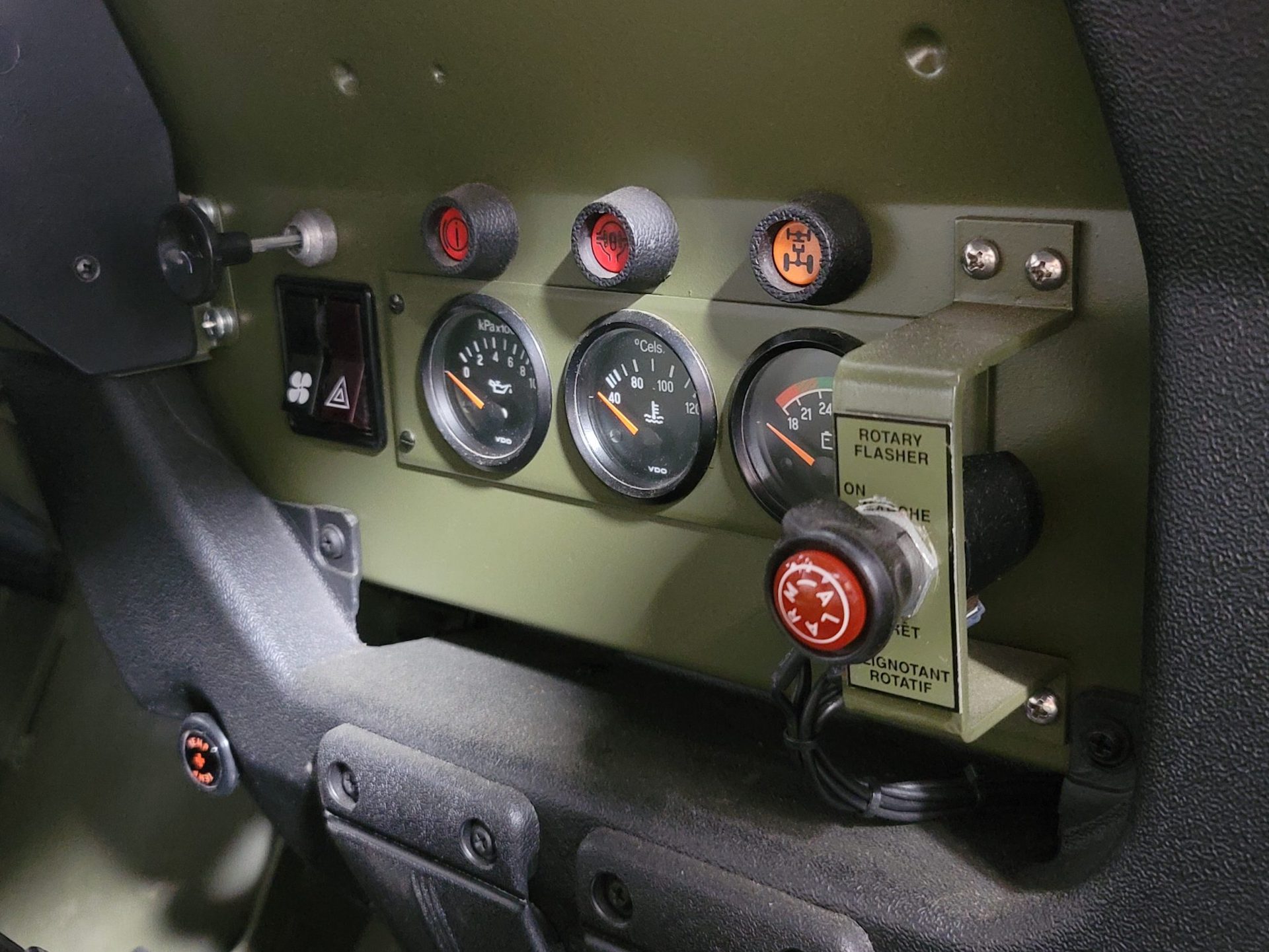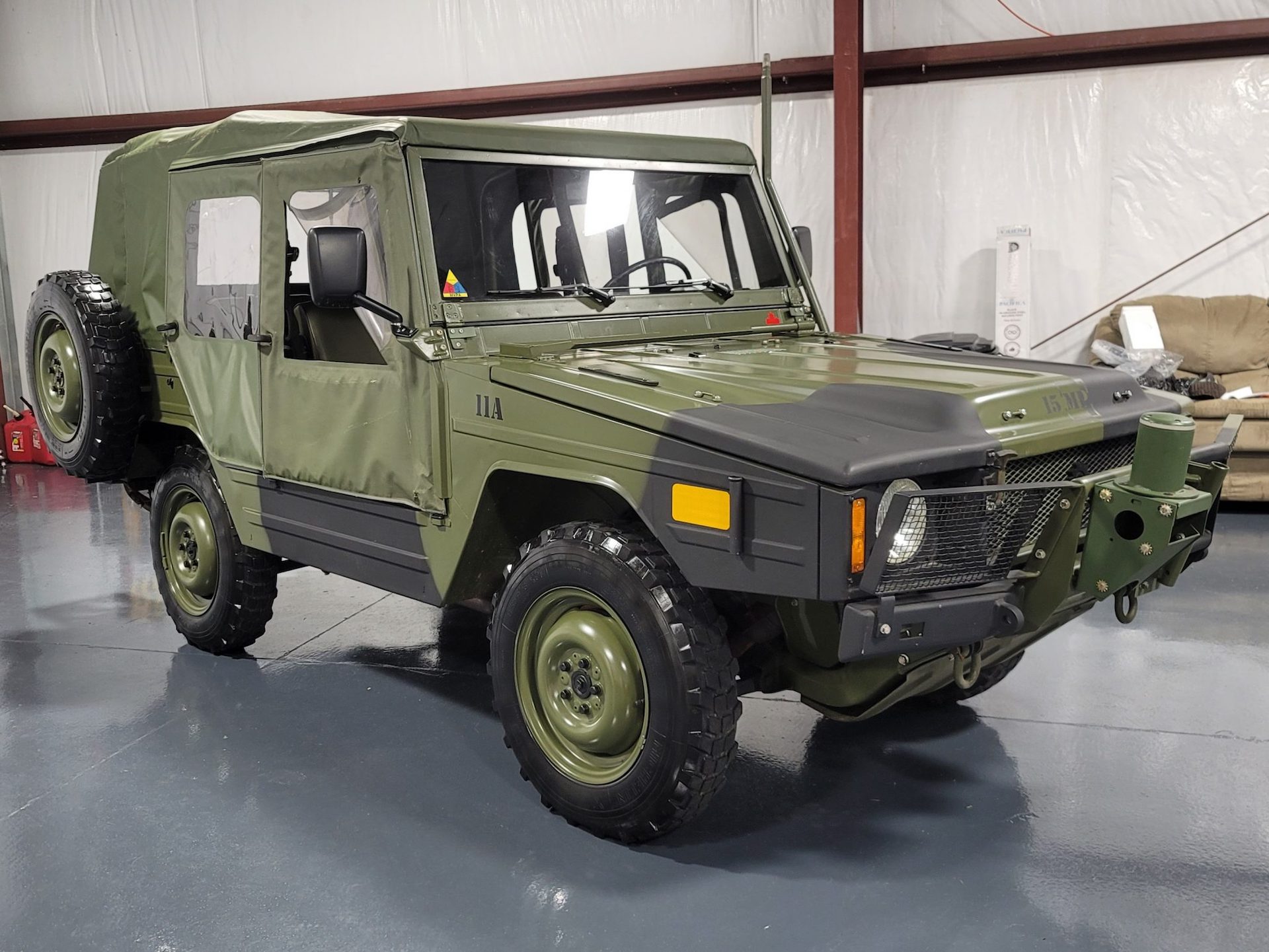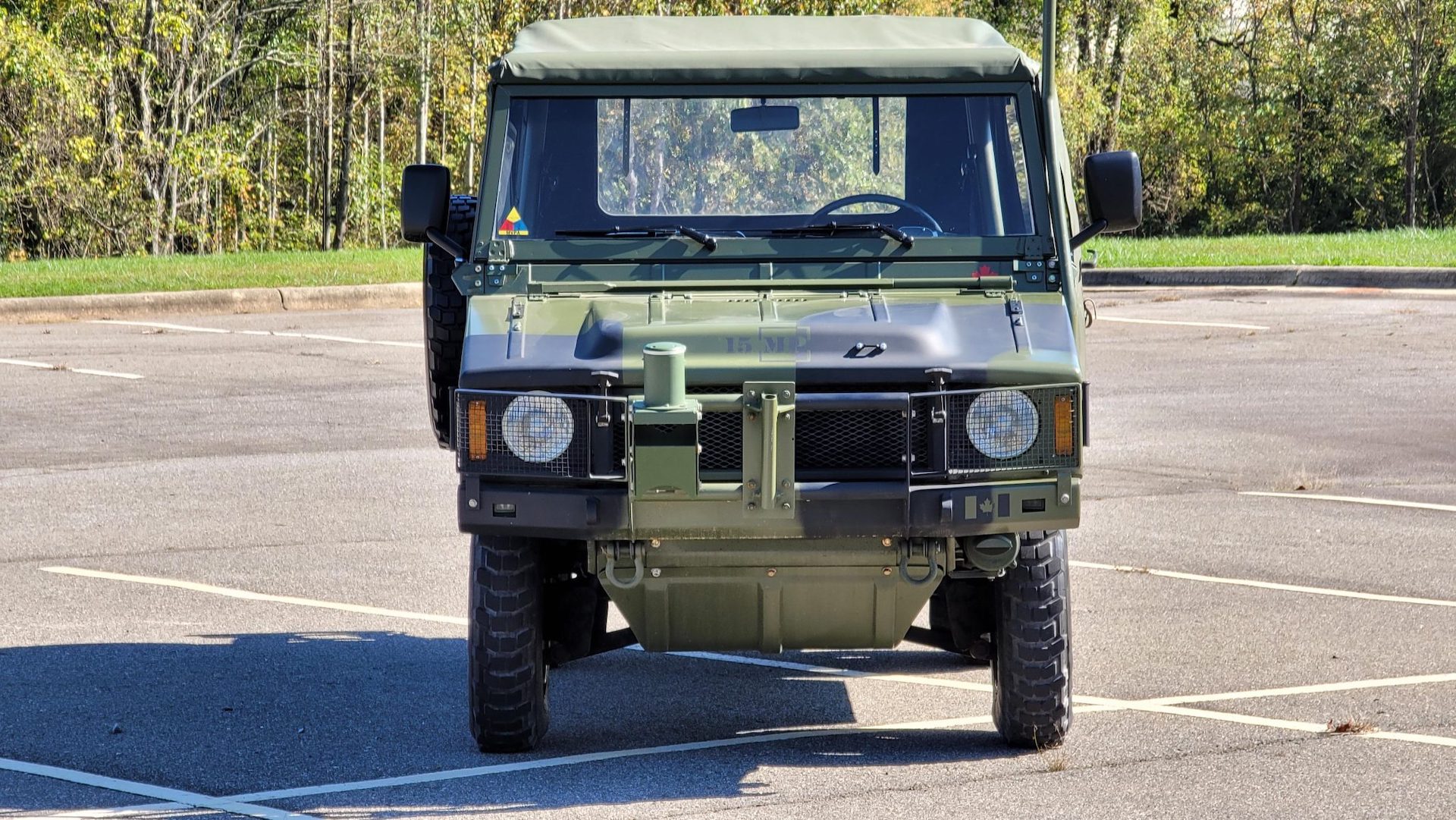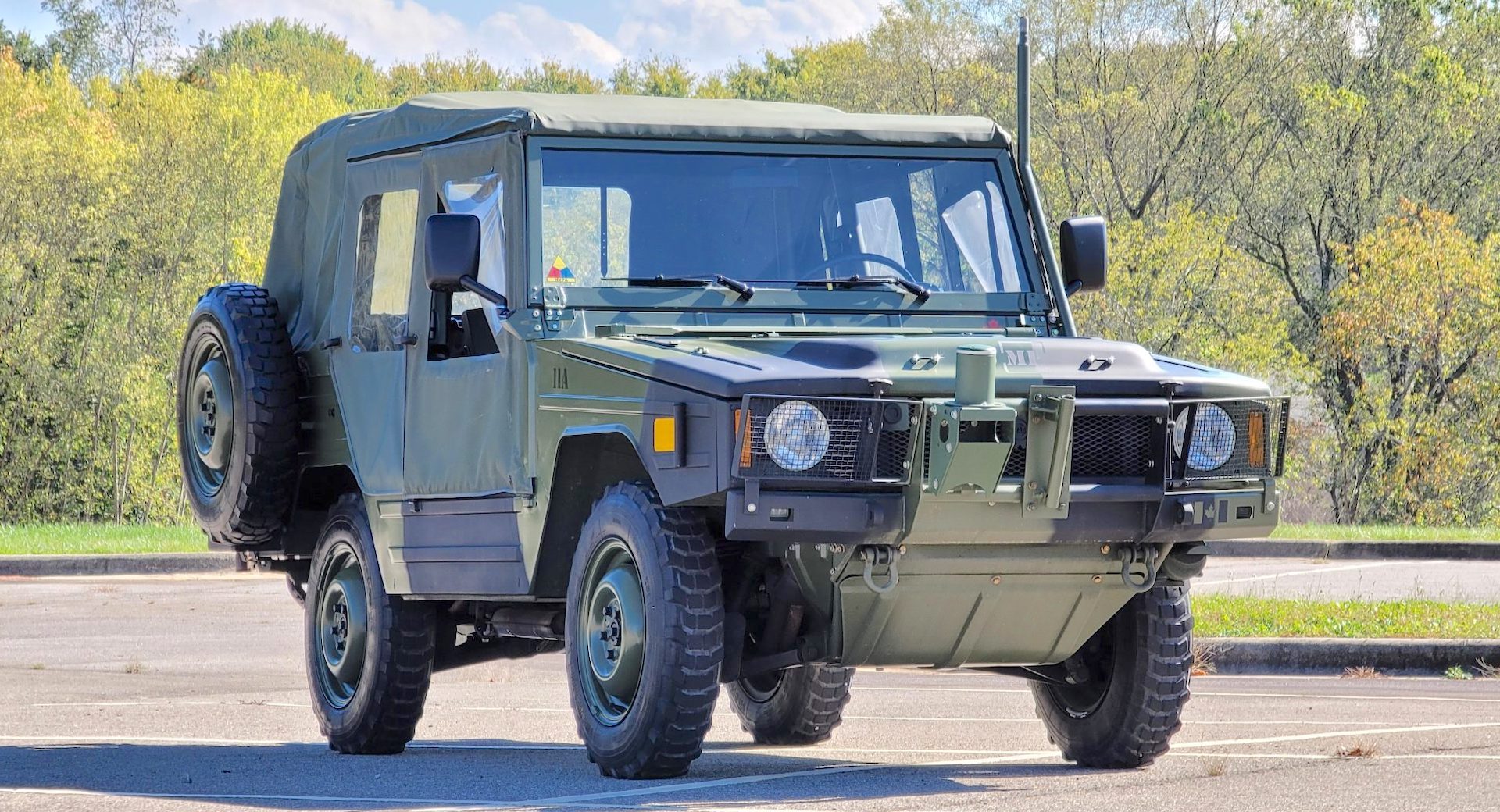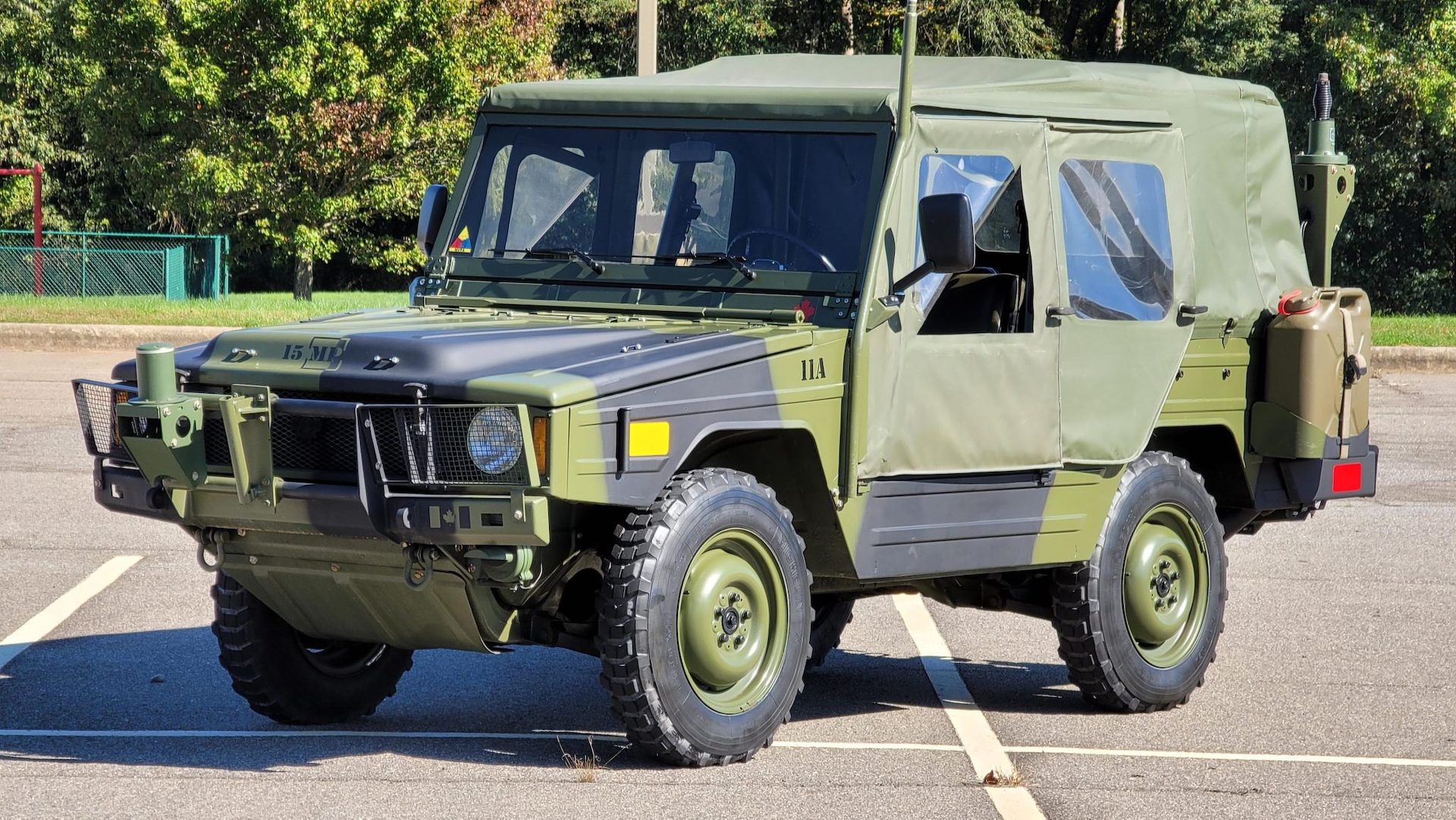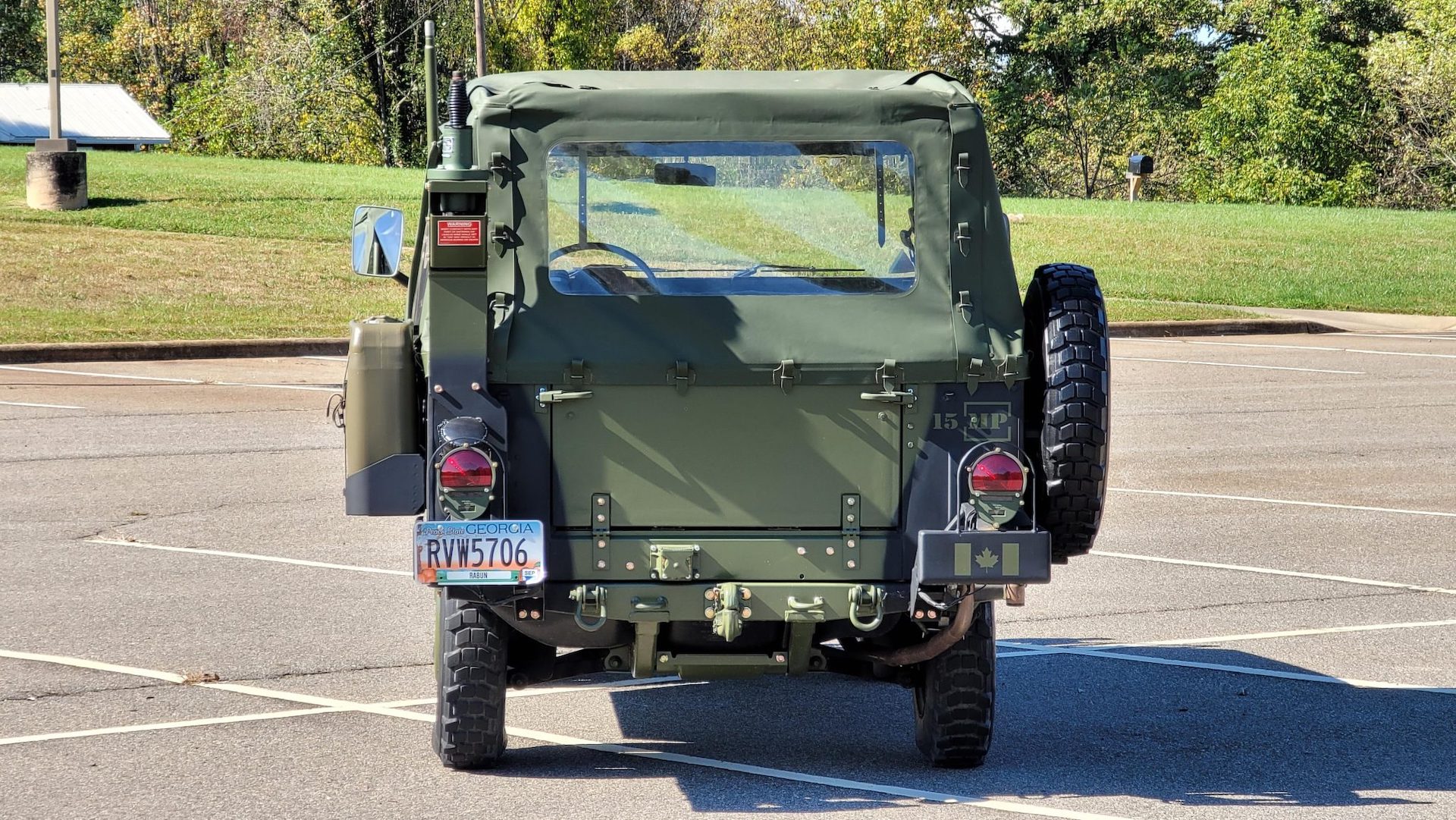Every modern Quattro-badged Audi owes its existence to the original 1980 Quattro, a boxy coupe based on the 80 sedan. But that original gravel-spraying, rally-winning Quattro itself would never have existed if not for an ugly army truck that struggled to hit 70 mph (113 km/h).
The Volkswagen Type 183 Iltis (German for ‘ferret’) was the result of the West German Army’s need for a modern Jeep-type vehicle to replace its elderly three-cylinder, two-stroke DKW Munga. Volkswagen, which had recently acquired acquired Auto Union’s various marques, including DKW, and packed them together as Audi, updated the Munga and added a 1.7-liter four-cylinder engine, winning the government contract.
And it was during the development of the Iltis in 1976 on snowy roads, where the weedy jeep left far more powerful road cars standing, that Audi engineer Jorg Bensinger had the idea to create a production car using the same principles and technology. The Quattro went on to change the course of rally history, but the Iltis also had its own taste of competition glory, winning the 1980 Paris-Dakar.
Related: Audi’s 1980 Quattro An AWD Pioneer? This Jensen FF Be Like “Hold My Brandy”
This particular Iltis was built in 1985, by which time the original Quattro rally car had been overtaken by more specialized Group B machines like the Peugeot 205 T16. And technically, it’s not a VW Iltis at all, but a Bombardier Iltis, which was built under license in Canada for the country’s armed forces, but now resides in Georgia.
Kitted out for military field communications duties, including dual radio masts and a GPS unit, and featuring a radio operator’s station in the rear seating area, it’s currently up for auction on Bring-a-Trailer. The odometer shows 3,600 km (2,200 miles), which is apparently the distance covered since a major refurbishment in 2020.
With its canvas top and sides, a side-mounted jerrycan, brush guards, camo garb and external antennae it certainly looks like it’s strolled straight off the battle field and would make a cool alternative to more commonly seen old Jeeps and Land Rovers. Plus, the way prices for the original Quattros have gone, this might be your only chance to buy into the early Quattro story without selling a major organ.








